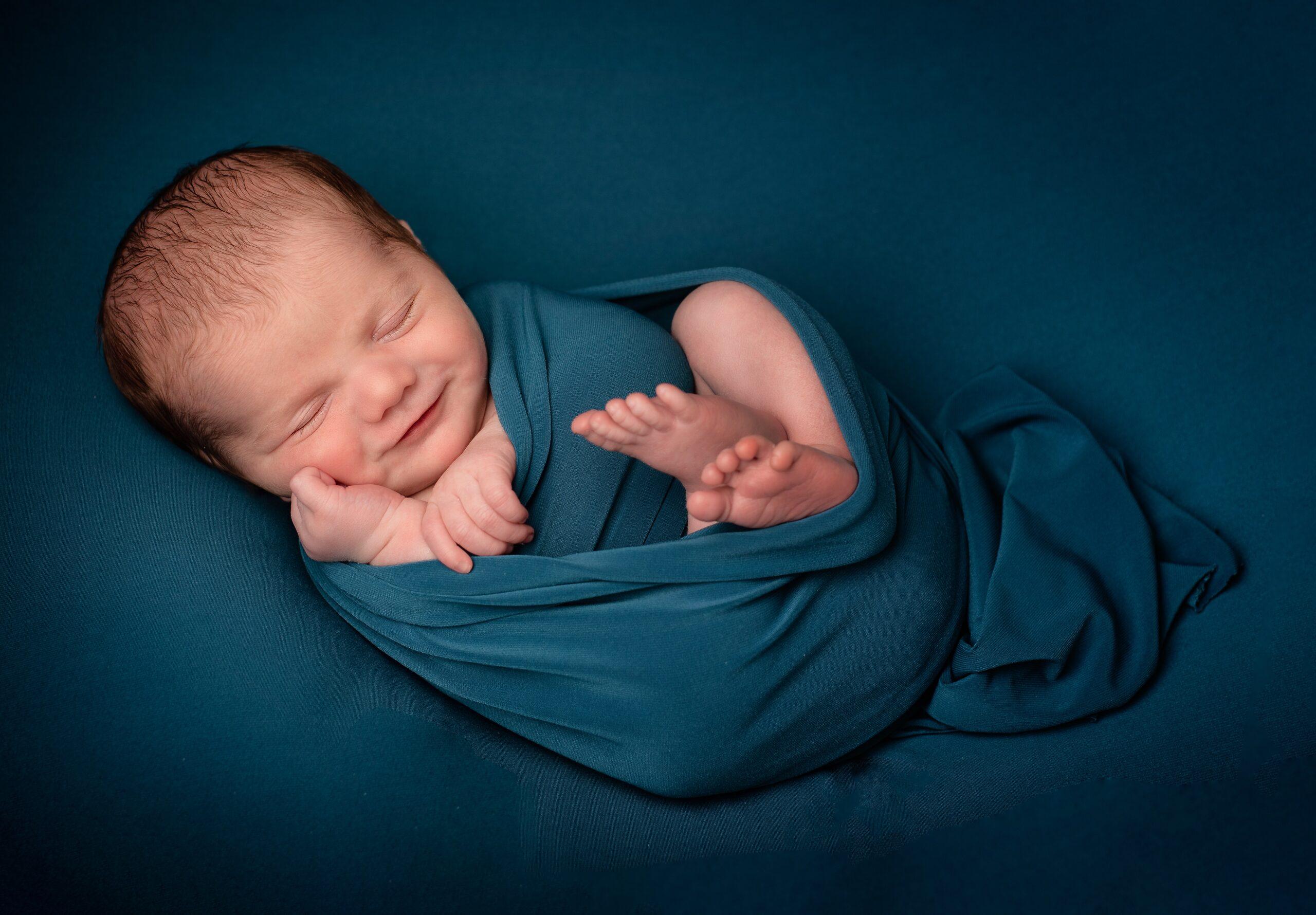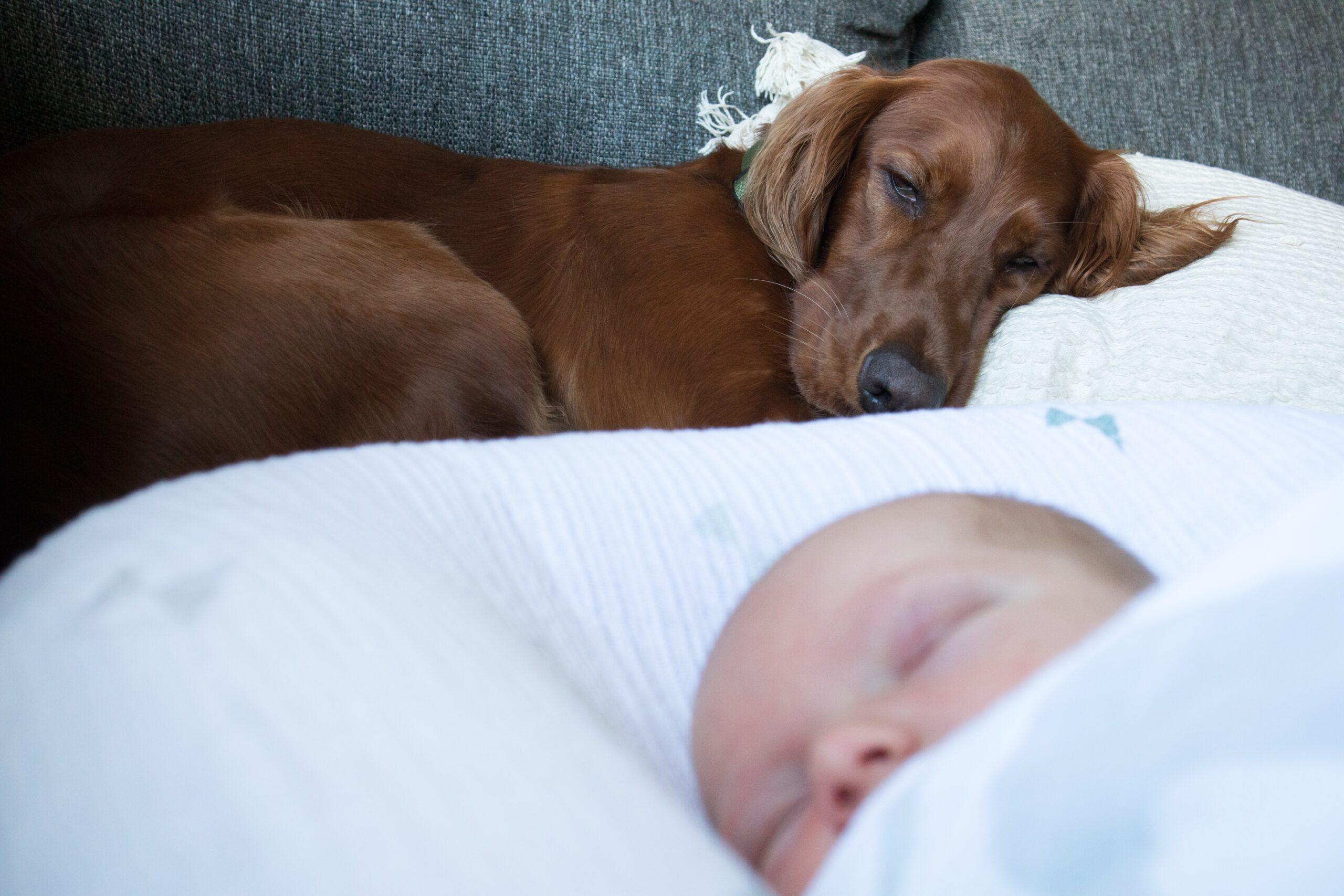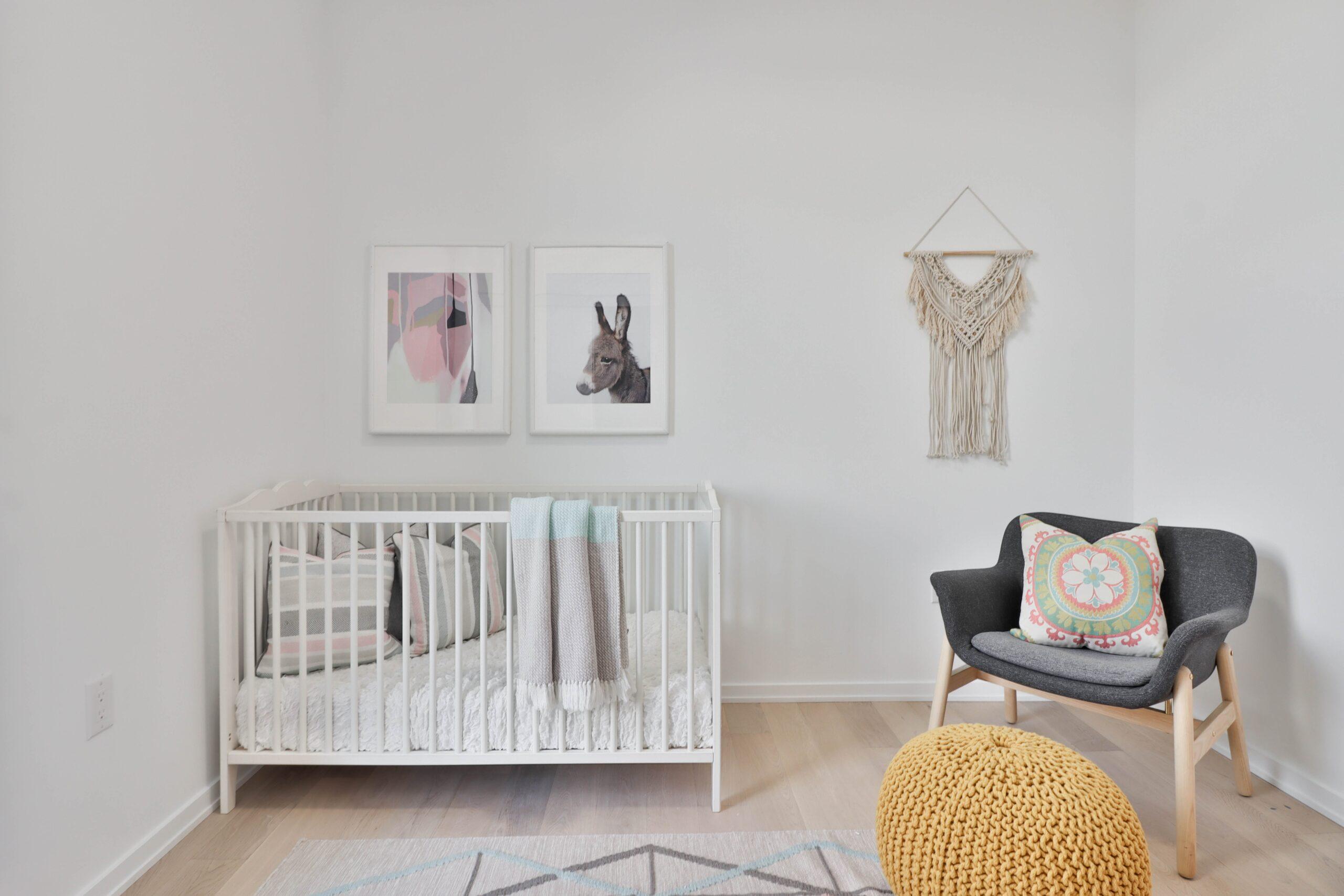If you’re expecting a baby, consider yourself warned: You may have to do some Lamaze breathing when you’re merely shopping for your little one. That’s because baby products are an $8.9 billion industry in the United States, with hundreds of products added to the lineup each year.
Whether you’re shopping online or at a local baby boutique, gearing up for a new baby can be overwhelming. The good news is that you can buy the best for your baby without spending a bundle. The key is to do your homework before setting foot in a baby products superstore. And you’re on the right track by reading this article! Here are guidelines to buying three of the biggest ticket and most important baby essentials, which include a crib, a stroller and a car seat.
Crib
Buy new and keep it simple. The safest cribs have straight lines and little decorative detail. Infants can strangle on fancy features like scrollwork and finials if their clothing gets caught in the embellishments. Heeding the advice that basic is best saves you money, too. Design elements generally add to a crib’s cost.
Purchase the firmest mattress you can find (sold separately) and double check the setup to confirm the crib is assembled correctly. Stationary-sided cribs, which dominate the market, have been recalled because they’ve been assembled upside down. The cribs look as if they’re installed correctly this way, but when upside down the cribs leave a hazardous five-inch gap at the top of the crib. Such gaps can lead to entrapment, strangulation and other injuries among infants and toddlers.
To further save money, consider a crib that converts to a toddler bed and later to a full-size bed.
Car Seat
Start with an infant car seat. An infant car seat is used in the backseat and faces the rear for babies weighing up to 22 pounds. Follow the manufacturer’s weight and height recommendations to gauge when it’s time to trade up to a convertible car seat. This may be as soon as when your baby is 6 months old. Many new models of infant car seats, however, can be used for infants weighing up to 32 pounds, with a height range of 30 to 32 inches. This allows you to use infant car seats longer, more like 9 to 12 months.
Stroller
Bide your time with a stroller frame. In the stroller department, you’ll find everything from light-weight umbrella strollers and mid-sized traditional, travel and combo strollers, to jogging and all-terrain styles as well as side-by-side and tandem multi-seaters. To simplify the process and save money, begin with a frame carrier like the Baby Trend Snap-N-Go carrier. This bare-bone 12-pound frame does the job until your baby outgrows his infant car seat. To use the Snap-N-Go, you create a stroller by snapping the seat in or resting it on the frame. Always use the safety belt to secure the car seat to the stroller and the infant seat safety harness. Because it’s compatible with most infant car seats, you don’t have to worry about selecting a coordinating stroller.
By the time you’re ready for a traditional stroller – when your baby outgrows his infant car seat – you’ll know more about what best fits your lifestyle. You can determine whether your need a stroller that’s lightweight and travel friendly or something rugged and outdoorsy. Give the strollers that appeal to you a test drive in the store. Compare how strollers handle, especially on corners, and how easy they are to maneuver and fold up. Also, look for one-touch brakes. They work quickly for added safety, compared to standard brakes. You probably also want parent and child trays for holding toys to keep your baby busy and snacks for the two of you. Trays free your hands to push. Another consideration is extra storage, such as saddlebags or pockets in addition to the usual under-seat basket. This helps to safely stow items. Use storage features before hanging items off the handlebars as this can cause a stroller to tip.
Registry Rules
A targeted baby registry or two alleviates the guesswork for friends and relatives, helps you get what you want and prevents unwanted and duplicate items. Use this registry guide to hone your gift list and save your sanity in the baby products aisle.
Check for recalled models at recalls.gov before registering for baby items.
Request practical items, including diapers, diaper wipes, diaper rash ointment, breast pads, pacifiers, a nursing bra or two, breast milk storage bags, baby bottle liners, formula, diaper rash ointment and baby body wash.
Ask for bigger ticket gear too, including a stroller, glider, crib, changing table, infant car seat, play yard and designer diaper bag. Friends and family may choose to chip in as a group for expensive items.
Do just as much homework as if you were paying the tab yourself. If you are registering online, refrain from simply reading other parents’ product reviews and double clicking on what parents praise. Rather, visit a baby products retail outlet to get familiar with the products you are considering.
Realize that selecting baby products is a process. Expect to make several trips to baby stores to fine tune your wish list. You’ll save time later by not having to return items that you chose blindly – and that don’t work out.
Register at more than one store, providing gift givers with different options.
Consider websites such as myregistry.com that let you register for cash, which always comes in handy with a new baby.




